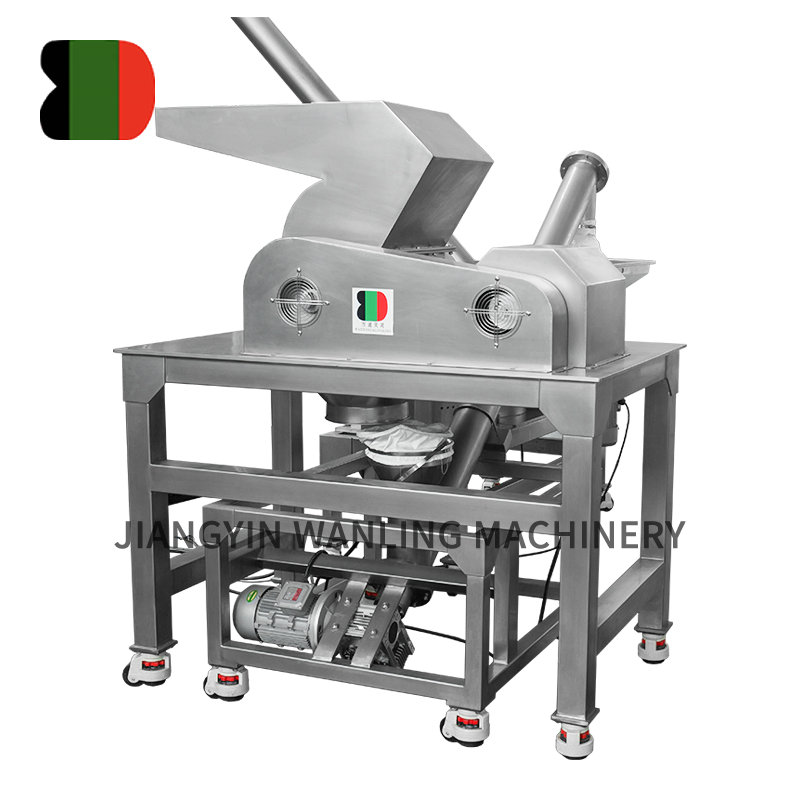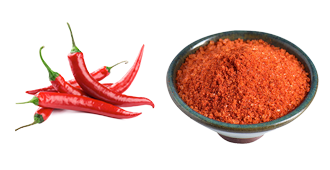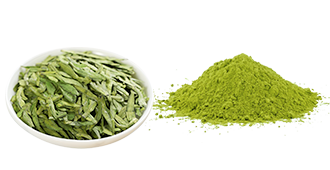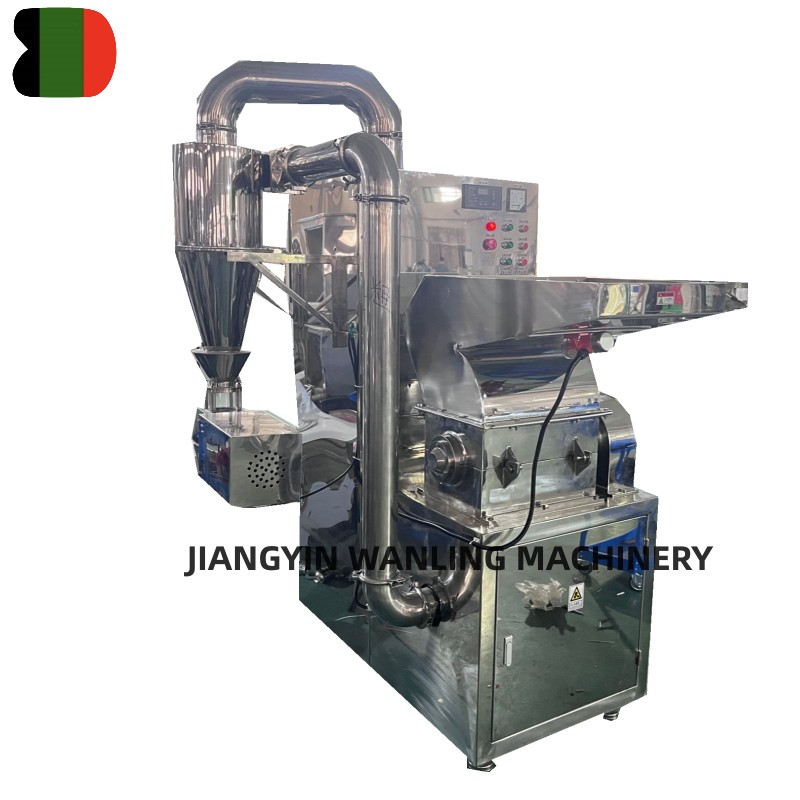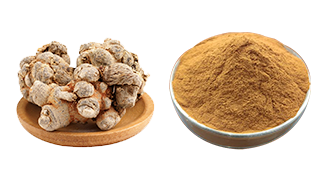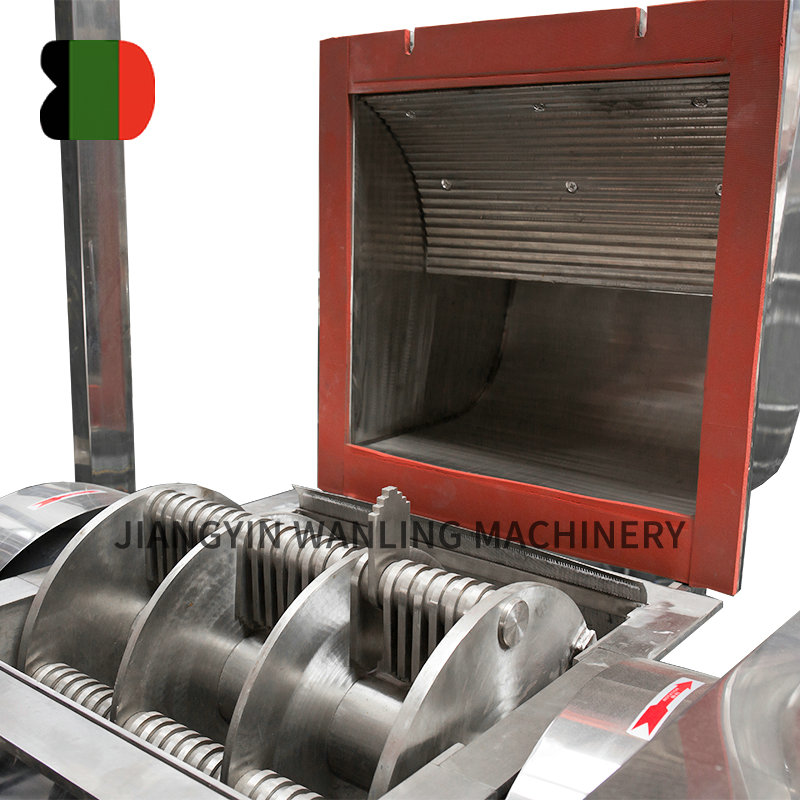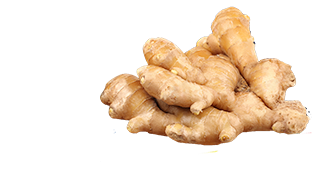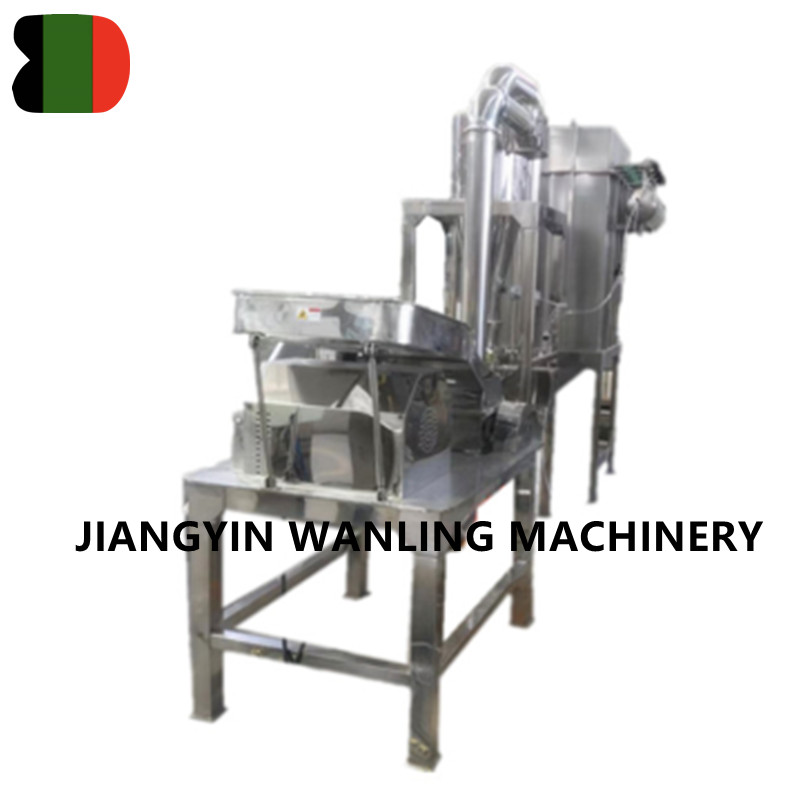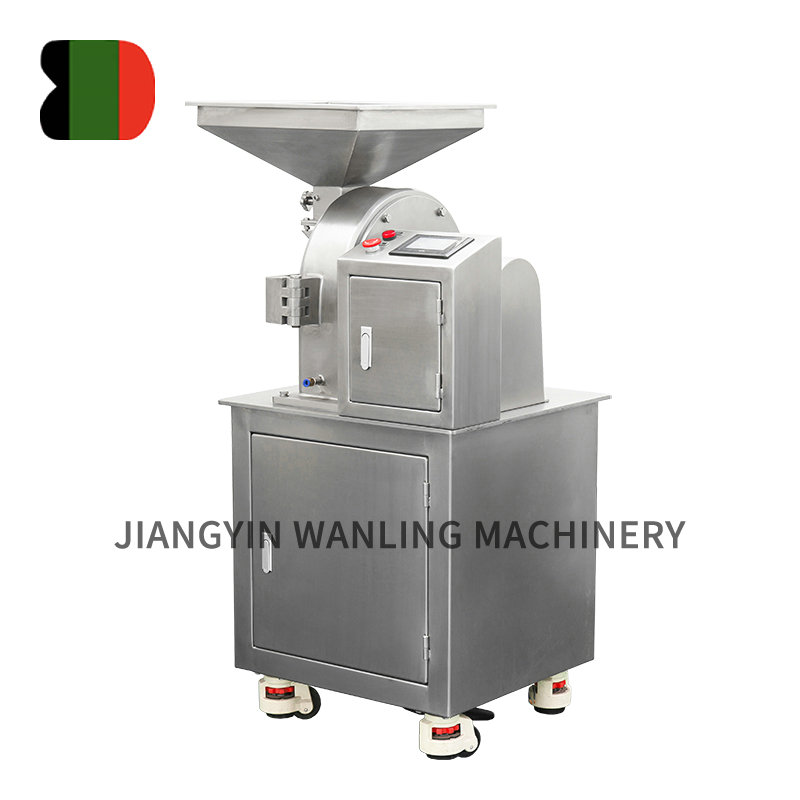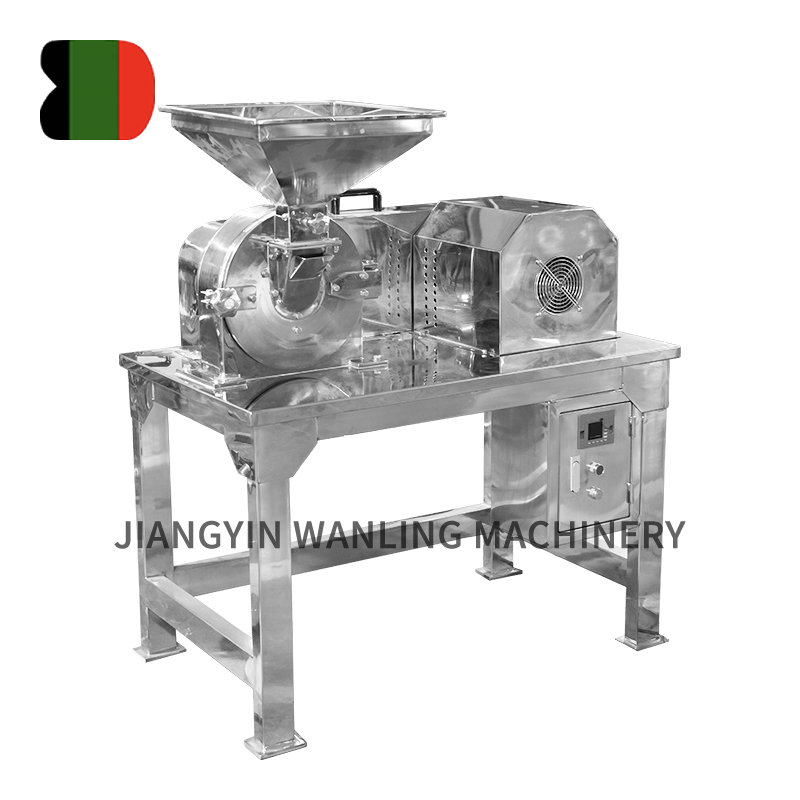Milling equipment plays a vital role in industries ranging from agriculture to mining and pharmaceuticals. Although all these machines share the common purpose of reducing particle size, their working principles, efficiency, applications, and product characteristics differ significantly. Understanding the differences between a hammer mill, a ball mill, and a roller mill is crucial when selecting the right equipment for a particular process.
Working Principles
-
Hammer Mill
A hammer mill operates on the principle of impact force. High-speed rotating hammers strike the material and propel it against a stationary screen or breaker plates. The repeated collisions fracture and shatter the particles until they are small enough to pass through the screen openings. This design makes hammer mills highly effective at rapidly breaking down brittle, fibrous, or moderately hard materials. -
Ball Mill
A ball mill works on the principles of impact and attrition within a rotating cylindrical chamber. The chamber is partially filled with steel or ceramic balls and the material to be ground. As the cylinder rotates, the balls tumble, colliding with the material and with each other. This results in gradual but continuous size reduction, capable of achieving extremely fine powders. -
Roller Mill
A roller mill uses compression and shear forces to crush materials between two or more rotating cylinders. The material is fed between the rollers and reduced in size as it is compressed. Unlike the impact-based action of hammer mills, roller mills emphasize controlled crushing, producing more uniform particles with less dust.
Material Suitability
- Hammer Mill: Suitable for dry, brittle, and moderately hard materials such as grains, spices, biomass, and some minerals. It struggles with very hard or sticky materials.
- Ball Mill: Designed for hard, abrasive, and tough materials such as ores, cement clinker, and ceramic powders. Capable of processing materials down to the micron level.
- Roller Mill: Well-suited for friable or fibrous materials where controlled particle size distribution is needed, such as wheat, barley, or certain chemicals.
Particle Size and Output
- Hammer Mill: Produces coarse to medium-fine particles, typically in the range of 100 microns to a few millimeters, depending on screen size. Ideal for animal feed and biomass fuel preparation.
- Ball Mill: Can achieve extremely fine outputs, sometimes below 10 microns, which makes it indispensable in mineral processing, cement production, and fine chemical manufacturing.
- Roller Mill: Produces uniform particles with less variation compared to hammer mills. Commonly used for flour milling and feed grinding where consistency is vital.
Energy Consumption
- Hammer Mill: Energy-efficient for coarse grinding but less efficient when ultra-fine outputs are needed.
- Ball Mill: Among the most energy-intensive types of mills due to continuous grinding action and extended residence time of material inside the chamber.
- Roller Mill: Typically the most energy-efficient for fine and uniform grinding, especially in large-scale grain milling industries.
Maintenance and Wear
- Hammer Mill: Hammers and screens wear quickly and require regular replacement, but maintenance is relatively simple and low-cost.
- Ball Mill: Liner plates and grinding media (balls) wear over time and are expensive to replace, requiring planned shutdowns.
- Roller Mill: Rollers gradually wear and need re-fluting or replacement, but they typically last longer than hammer mill hammers.
Industrial Applications
- Hammer Mill: Agriculture (animal feed, grain milling), biomass energy (wood chips, straw), and some mineral and recycling processes.
- Ball Mill: Mining (ore grinding), cement industry, ceramic manufacturing, pigment production, and pharmaceutical powdering.
- Roller Mill: Flour milling, feed production, chemical processing, and certain industrial material preparation requiring uniform particle sizes.
Key Differences at a Glance
| Feature | Hammer Mill | Ball Mill | Roller Mill |
| Principle | Impact | Impact + Attrition | Compression + Shear |
| Output Size | Coarse to medium | Very fine (micron level) | Uniform, moderate |
| Materials | Grains, biomass, soft minerals | Hard ores, clinker, ceramics | Grains, fibrous, friable materials |
| Energy Use | Moderate | High | Low to moderate |
| Maintenance | Frequent hammer/screen changes | Expensive liner/media replacement | Periodic roller re-fluting |
| Industries | Agriculture, biomass, recycling | Mining, cement, ceramics, pharma | Food, feed, chemical |
Conclusion
While hammer mills, ball mills, and roller mills are all designed for size reduction, they serve different industries and purposes:
- A hammer mill is best for rapid impact grinding of grains, biomass, and moderately hard materials.
- A ball mill is ideal for producing ultra-fine powders in mining and cement.
- A roller mill excels at producing uniform, consistent particle sizes in food and feed industries with high energy efficiency.
The right choice depends on the material being processed, the desired particle size, and operational efficiency goals.



 Español
Español